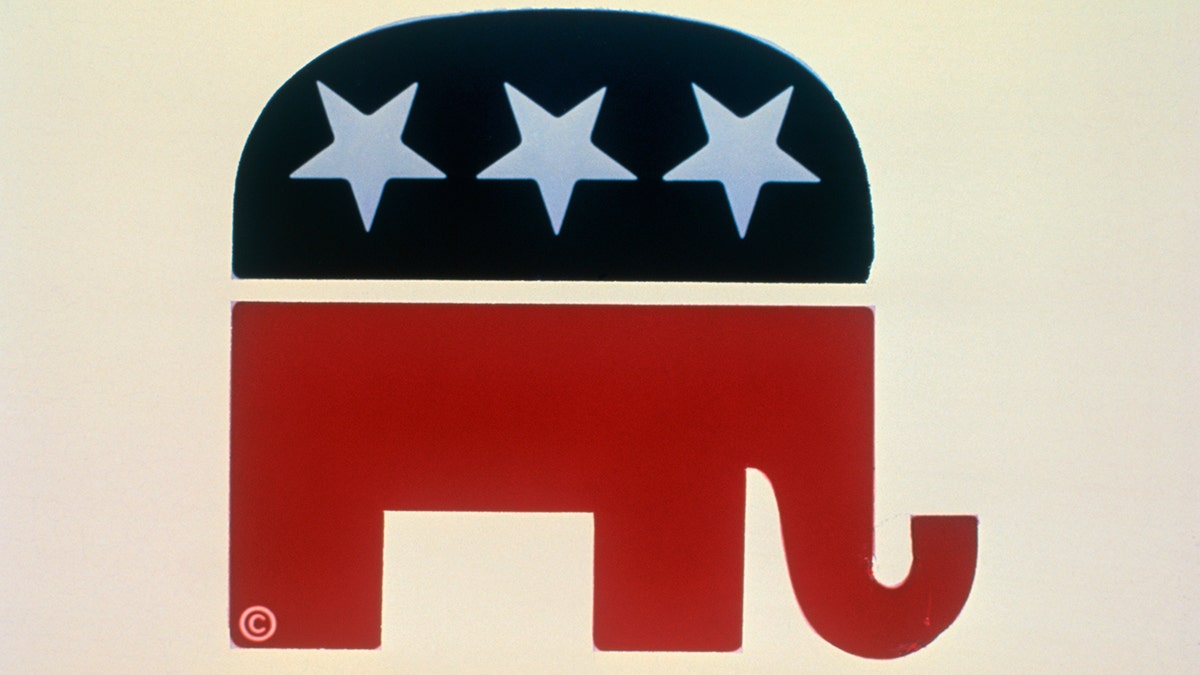Democrats made 'strategic error' focusing on abortion ahead of midterms: Eileen Sobjack
National Federation of Republican Women President Eileen Sobjack joined 'Fox & Friends First' to discuss what issues are motivating female voters to cast their ballots this November.
With about a week until voters go to the ballot box to decide which party controls the next Congress, entire fortunes are being spent by Democrats and Republicans on political advertisements in key swing states.
Current polling indicates that both parties are in tight Senate and gubernatorial races in a handful of states, including Arizona, Nevada, Georgia, Ohio, and Wisconsin. Political analysts estimate that spending in total this cycle will reach nearly $10 billion, which will surpass the previous record reached during the presidential election between Donald Trump and Joe Biden in 2020.
Digital and broadcast television are the platforms in which most Americans see election political advertising. More recently, digital and social media platforms have grown the fastest in the last few election cycles, with campaigns utilizing Meta-owned applications such as Facebook and Instagram. However, the majority of spending still goes through broadcasting television, with total election spending projections of $4.5 billion. The previous midterm cycle in 2018 had total spending of $2.5 billion on broadcasting television advertising.
There are two types of political advertisements campaigns use the most: negative attacks on the opposition, and positive praise for an individual candidate or cause. Candidates have used these tactics dating back to Nixon with mixed results. Political scientists and experts estimate that, in general, these advertisements' total effects are small but not inconsequential, especially in razor-thin midterm races.
Do political ads work on voters?
Multiple studies from political scientists indicate that the persuasiveness of political advertisements is not particularly effective in most races. However, it still remains significant to a small degree during tight elections. In many of the upcoming races that will determine which party controls the Senate, Republican and Democratic contenders are only separated by a few points. A 2020 study published in Science Advances used political advertisements from the 2016 presidential campaign to measure their effectiveness with a sample of 34,000 people in 59 randomized experiments. Researchers from Yale indicated that regardless of timing or tone, the persuasiveness of the advertisements overall was weak.
ARIZONA, PENNSYLVANIA, OHIO, AND OTHER STATES WITH IMPORTANT MIDTERM RACES: WHY DO THEY MATTER?
"There’s an idea that a really good ad, or one delivered in just the right context to a targeted audience, can influence voters, but we found that political ads have consistently small persuasive effects across a range of characteristics," said Alexander Coppock, a co-author of the study, in a statement to YaleNews. "Positive ads work no better than attack ads. Republicans, Democrats, and independents respond to ads similarly. Ads aired in battleground states aren’t substantially more effective than those broadcast in non-swing states."
Moreover, another study that was published in American Political Science Review last November analyzed the effects of televised advertising in the US elections from 2008 until the 2018 midterms. Researchers concluded that the largest effects of broadcast advertisements were seen in down-ballot elections rather than presidential elections. Moreover, data from the study indicated that the partisanship of their participants was not the main factor for effectiveness but rather the persuasion of the ad itself.
"Despite increasing partisanship in the electorate, there are still persuadable voters that respond to television advertising — especially in down-ballot elections, where voters have less information about candidates," said co-author Lynn Vavreck during an interview with the New Republic. "The effects of advertising are small and go away quickly. But small does not mean inconsequential, especially in a close race."
What is the typical ad spend for the duration of a campaign?
The typical amount spent on radio, digital, and television advertisement for the duration of an entire political campaign entirely depends on the closeness of the race, the candidate, and the position being contended by the candidate. Typically, candidates in House races spend hundreds of thousands or sometimes millions in political advertising. However, candidates running in a general election for a senate seat may spend tens of millions or more for an entire race.
Regardless, the upcoming midterm advertisement spending will surpass the previous records made during the 2018 midterm and the 2020 presidential election with more than $6.4 billion in the month of September across all platforms, according to Adimpact. In just one month, Google and Facebook received nearly $50 million from various midterm candidates.
Who is spending more this campaign season, Democrats or Republicans?
Analysts anticipate that more than $9 billion will be spent in total this election cycle. However, heading into the midterm elections on November 8, the Republican National Committee has reported spending more than its Democratic opponents this election cycle. Overall, House candidates, compared to the last midterm cycle, are spending 30% more, and Senate candidates are spending double from 2018.

The GOP is outspending Democrats in total so far this election cycle. (Getty Images)
What is the most controversial political ad in history?
One of the most controversial advertisements in history took place during the 1964 presidential election between Lyndon B. Johnson and Barry Goldwater. It became known as the "Daisy" ad and featured a little girl picking petals off a daisy while counting from one to ten. It ends with a nuclear explosion as a male narrator counts down from ten in the tone of a missile launch.
CLICK HERE TO GET THE FOX NEWS APP
The commercial is considered as an important factor that led to Johnson's victory and marked a turning point for negative advertising in political campaigns.






















